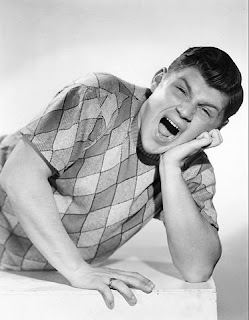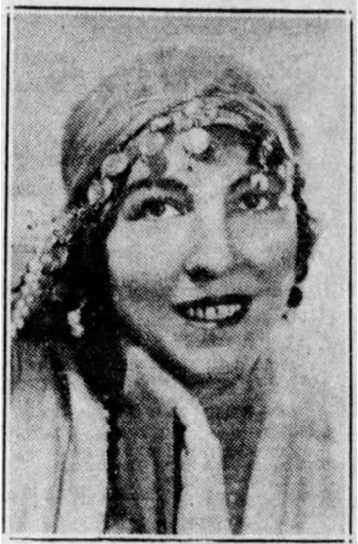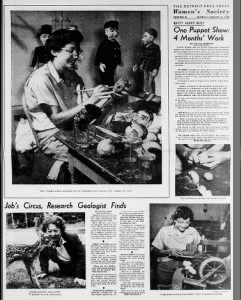Yes Virginia, There is a Children's Media Archive....in theory! Here is a history of how this blog and accompanying YouTube channel began.
As a 1990s kid, I consumed new kids shows from both TV and VHS tapes. In a typical week I looked forward to the syndicated Disney Afternoon shows and a new episode of Family Matters on 5he ABC TGIF lineup. My parents are baby boomers, and it was through them and my grandmother that I was encouraged to try Abbott and Costello, The Three Stooges, Johnny Weissmuller as Tarzan, Shirley Temple and much more.
As an adolescent I was perfectly comfortable watching media that children would have enjoyed from multiple generations across 75 years. My bedroom included VHS tapes recordings of movie serials from American Movie Classics, old time radio sets from Radio Spirits, and books on every day life in American history. The 1930s was a favorite decade of study, when radio, comic strips, sound features and mass merchandise properties began to dominate the American childhood. Gradually, I accepted my growing fascination with what entertained, and educated kids from the past century.
A decade ago while studying instructional technology in college, I developed an idea that if today's content creators, digital storytellers, teachers, and media makers studied the kids media of yesteryear, it would lead to richer content today and a greater appreciation for the changes in methods, storytelling and technology across a century.
An example of this would be comparing NBC TV
Ding Dong School's Dr. Frances Horwich with a YouTube content creator for children. In the early 1950s "Miss Frances" Horwich was limited to one television camera on a studio set, compared to a teacher today who can record, edit, stream, and share multiple videos (in Color!!) with their phone.
Admittedly outside of this theory, it is still fascinating to learn about what past generations watched, read, or listened to. For fun one can for a few minutes imagine being part of the first generation to watch TV, or learn about kids who made their own instructional films with a super 8mm camera. With an episode of Radio's The Lone Ranger, Red Ryder, and Little Orphan Annie you can be Ralphie from "A Christmas Story".
 |
| Part of research collection before it was placed in storage earlier this year. If you squint, you can see hundreds of DVDs and VHS tapes, children's 45 LP records, and toys from Fisher Price, G.I. JOE and more. |
Learning about historical children's media can also give an appreciation for how we became a society where a kid can over consume media. Just a little over 90 years ago CBS and NBC radio had only a handful of programs for children directed by
Yolande Langworthy and Madge Tucker. 75 years ago the youngest baby boomers began to watch
Howdy Doody, and the
Small Fry Club on television. From 30 years ago, I remember the wonder, and curiosity of VHS tapes, and whether it was a big deal not having cable, since the networks still had the best kid shows anyway.
While several colleges and universities in the United States have archival collections full of children's literature, and others have rare children's films as part of a large collection, I am not aware of a massive collection devoted solely to the study of children's audio & video media; across decades and formats.
 |
| Materials in storage include a collection of TV Guides from the "Little House on the Prairie" (1974-1983) TV series, and a file box on James Basquette, the pioneering Oscar winning actor who starred in Disney's "Song of the South". |
This motivated me to create an experimental "children's media archive" collection. In 2015, I began this blog to practice writing for books, and a YouTube channel to share content. My personal research collection has grown to include materials from the estates of Ireene Wicker, Mary Hartline, rare signed books by 1920s children's radio hosts, numerous recordings in multiple formats, reference books, and small toys.
 |
| The blog and YouTube logo were handdrawn, with text added with Microsoft Paint. |
As a trained librarian and archivist, I organize and preserve items as if I were running an actual children's media archive. Most of my collection is currently in storage as my wife and I make room for our own expanding family(!)
I am especially proud that children are using the resources of this blog for their school projects. It is terrific to know that today's kids are looking into the past.

















